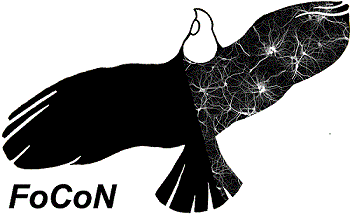Version française / Actualités / manifestations scientifiques
- Libellé inconnu,
Séminaire de recherche de l'équipe Fonctionnement Cognitif Normal et Pathologique (FoCoN - CHArt-UPN)
Publié le 14 mai 2018
–
Mis à jour le 14 mai 2018

Invitée : Alexia Bourgeois, post-doctorante, Univeristy of Geneva, Neuroscience Department, Laboratory for Behavioral Neurology and Imaging of Cognition, Geneva, Switzerland
Date(s)
le 24 mai 2018
10h-11h30
Lieu(x)
Bâtiment Bianka et René Zazzo (C)
Salle C308

Recent studies suggest that motivational stimuli such as rewards could be a powerful determinant of attentional selection, both in healthy subjects and in brain-damaged patients suffering from neglect. However, the exact mechanisms underlying this processing in the human brain are still poorly known. We developed experiments based on a visual search task in order to better understand how value-based attentional priority could modulate spatial orienting, and where within the cognitive system the signal providing attentional priority is generated. Our results demonstrated that visual stimuli previously associated with a high monetary reward received higher attentional priority in a subsequent visual search task. Interestingly, this effect was observed in healthy subjects as well as in neglect patients, when targets were presented in the usually left neglected hemispace. Thus, attentional selection might be counteracted by reward information, independently of conscious control. The anatomical analysis of lesions in neglect patients indicated that the attentional capture, induced by previously high rewarded distractors, involved mainly the right angular gyrus. Reward signals may thus bias neural activity within key nodes of attentional network, through a common priority map integrating several different top-down influences. These results offer interesting perspectives to explicitly link attentional orienting and motivational signals within current models of attention. They also open new perspectives that may usefully be exploited for neurological rehabilitation strategies in patients suffering from attentional disorders such as neglect patients.
Mis à jour le 14 mai 2018







